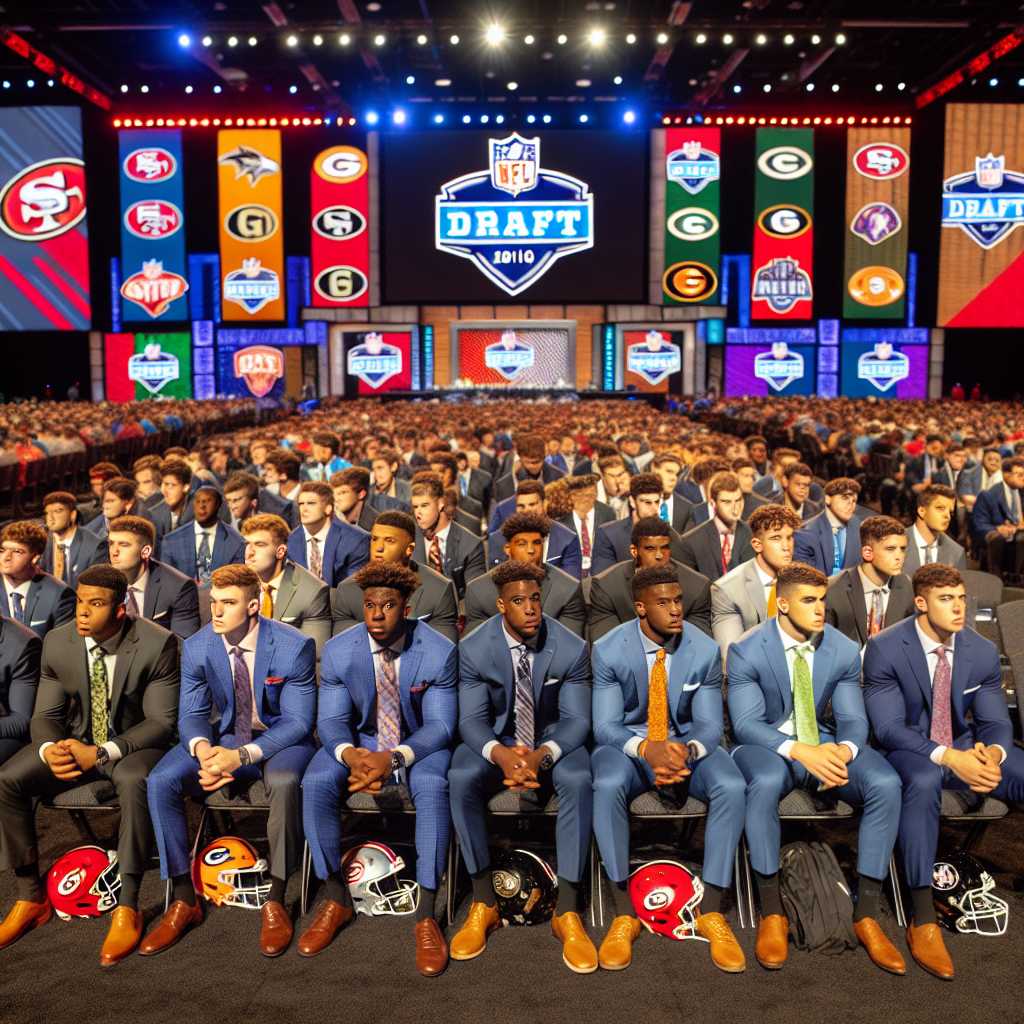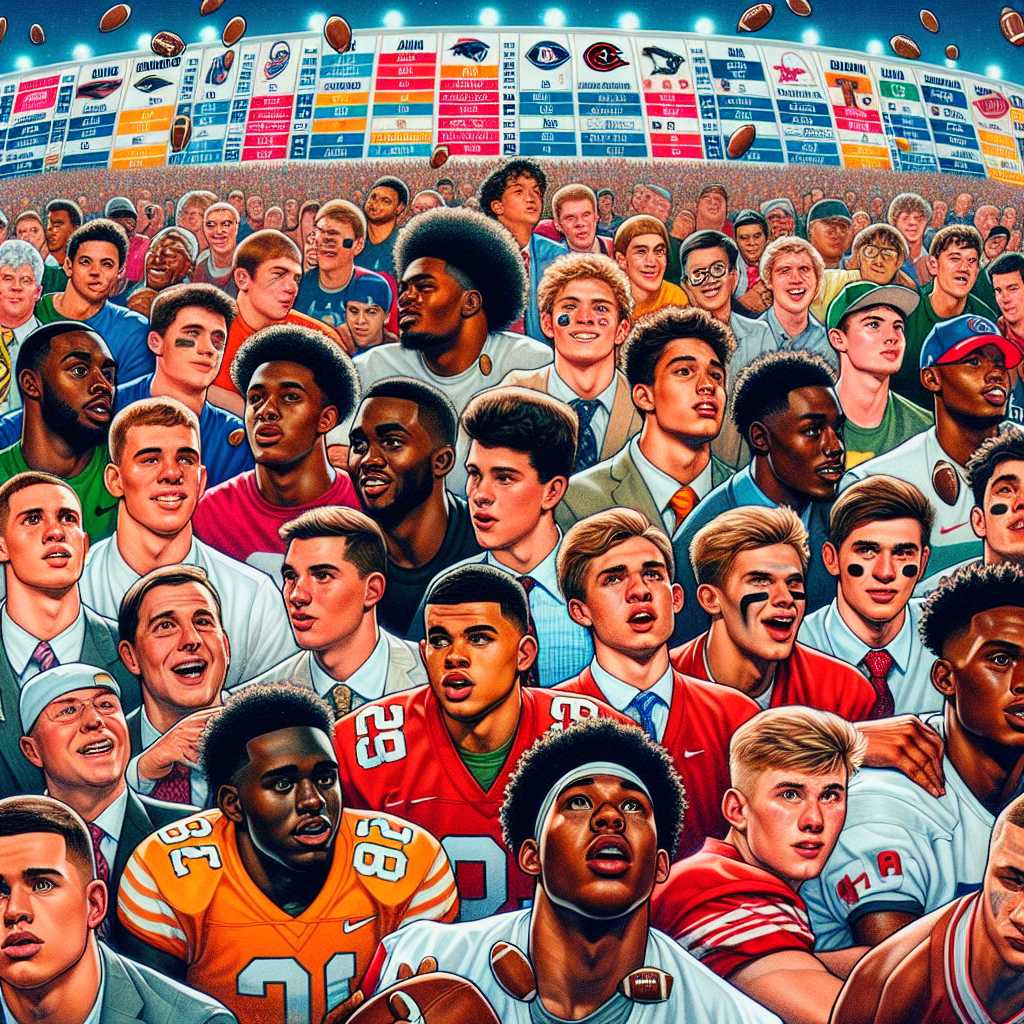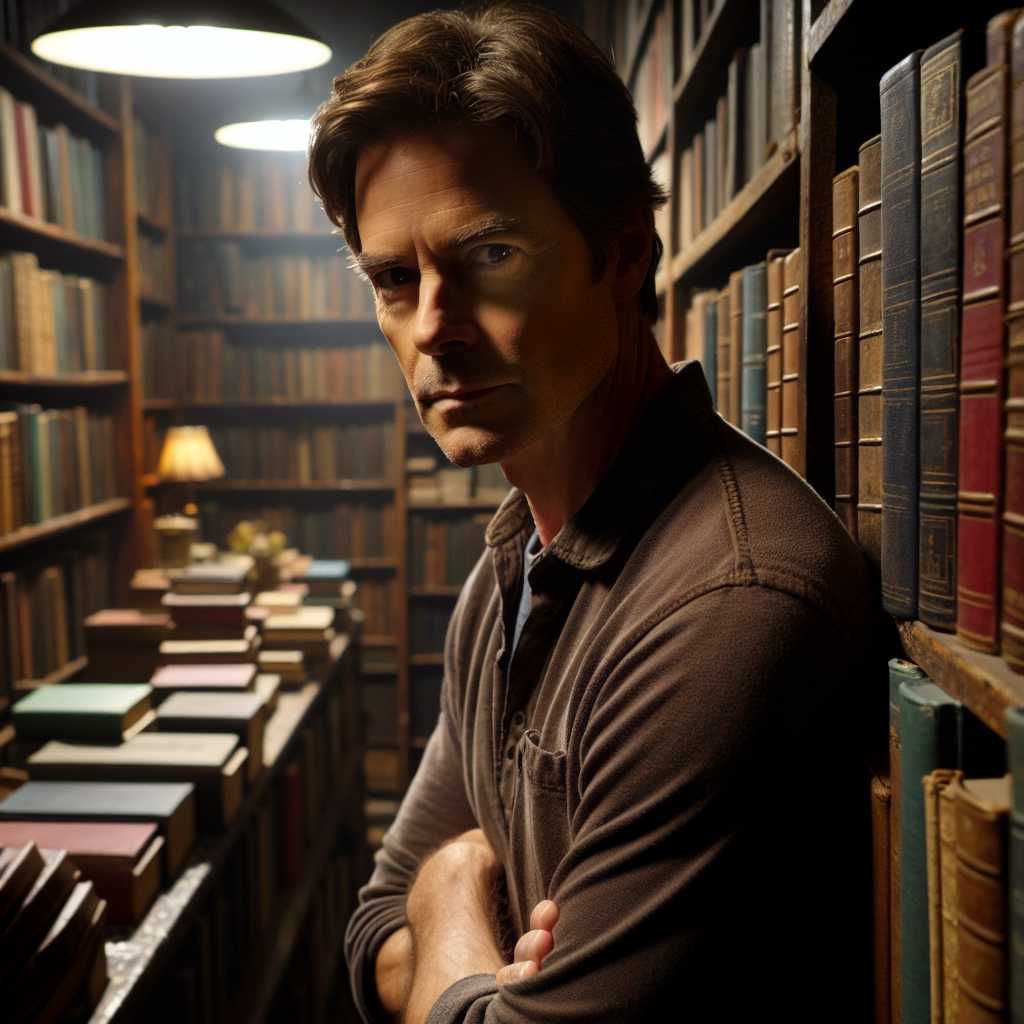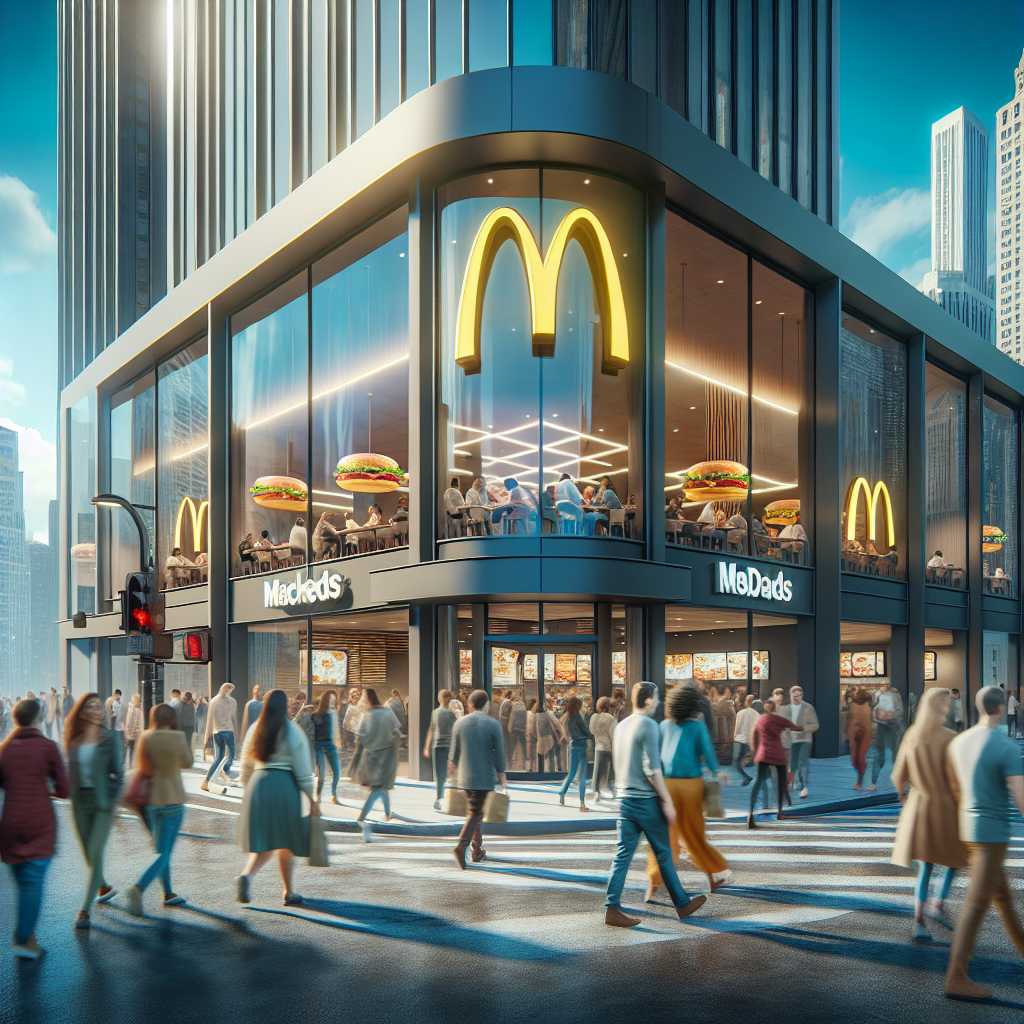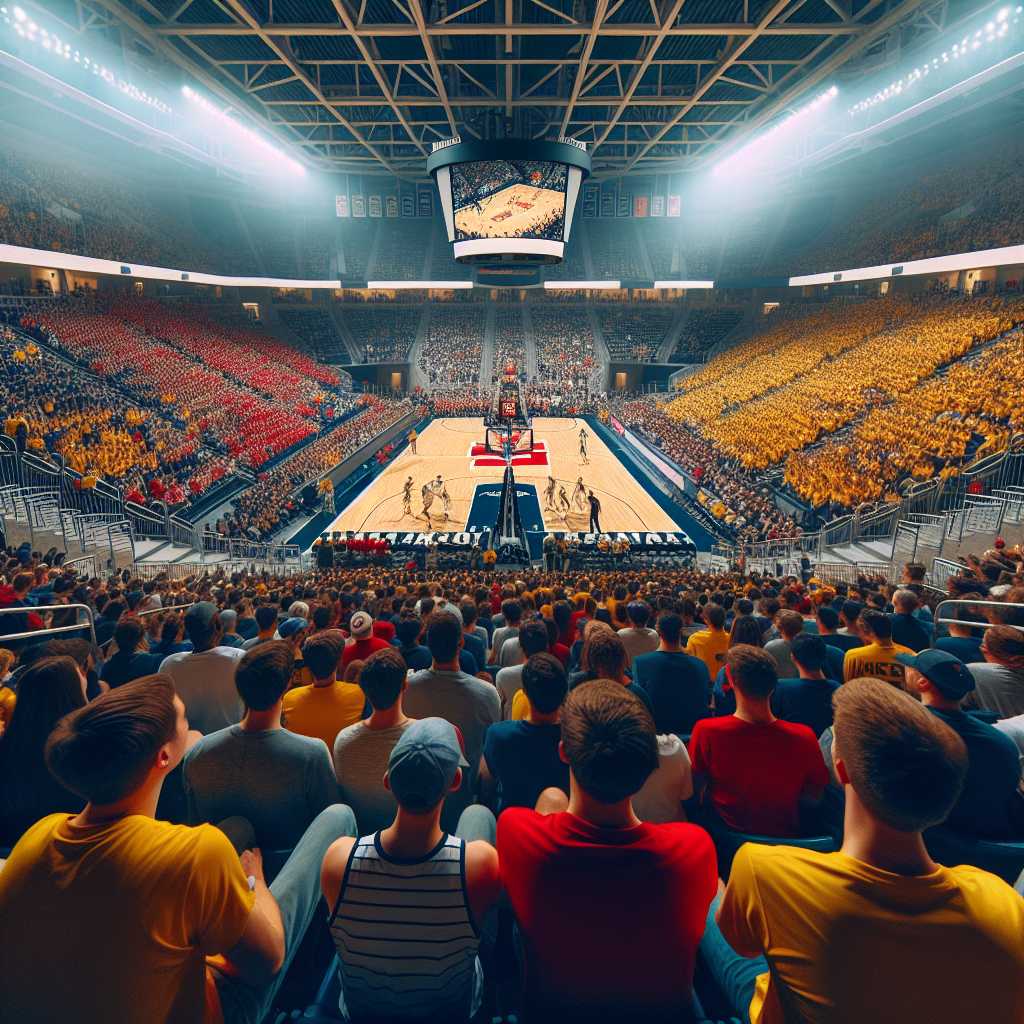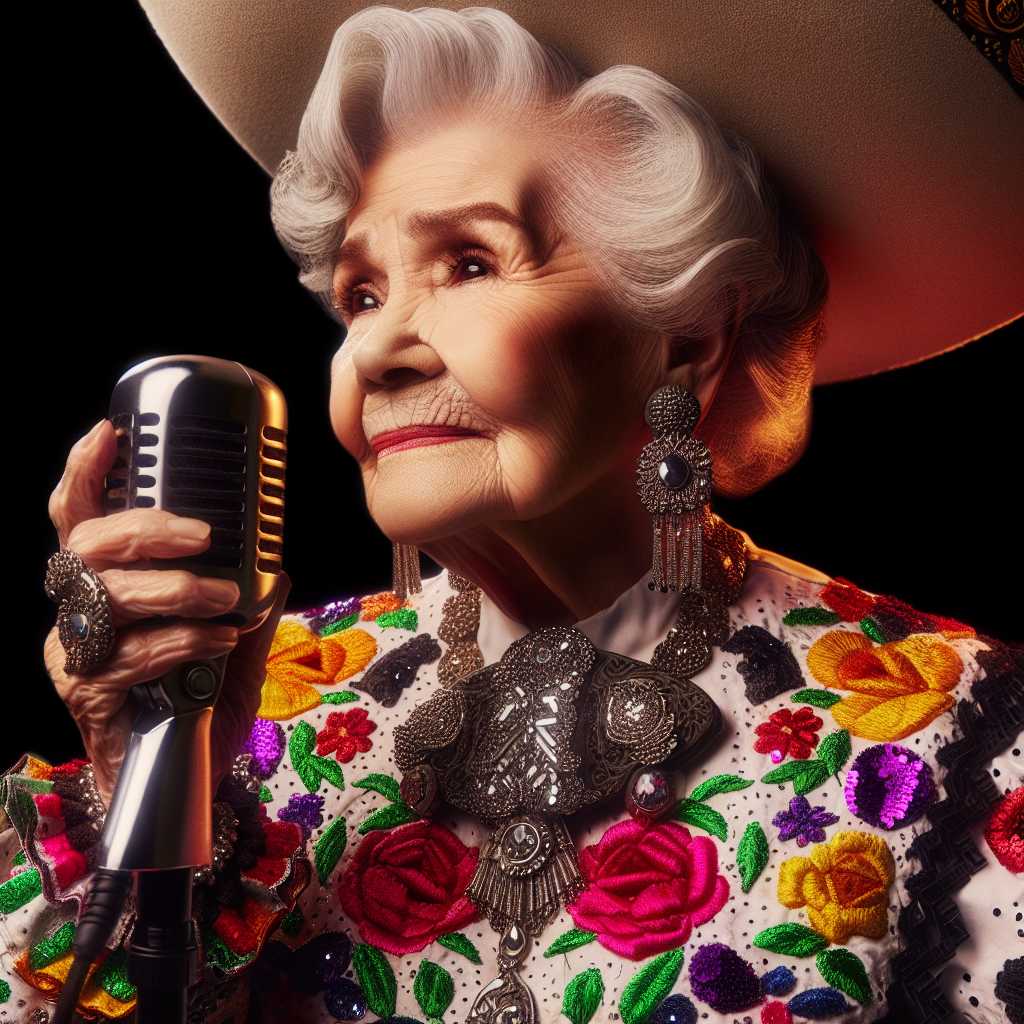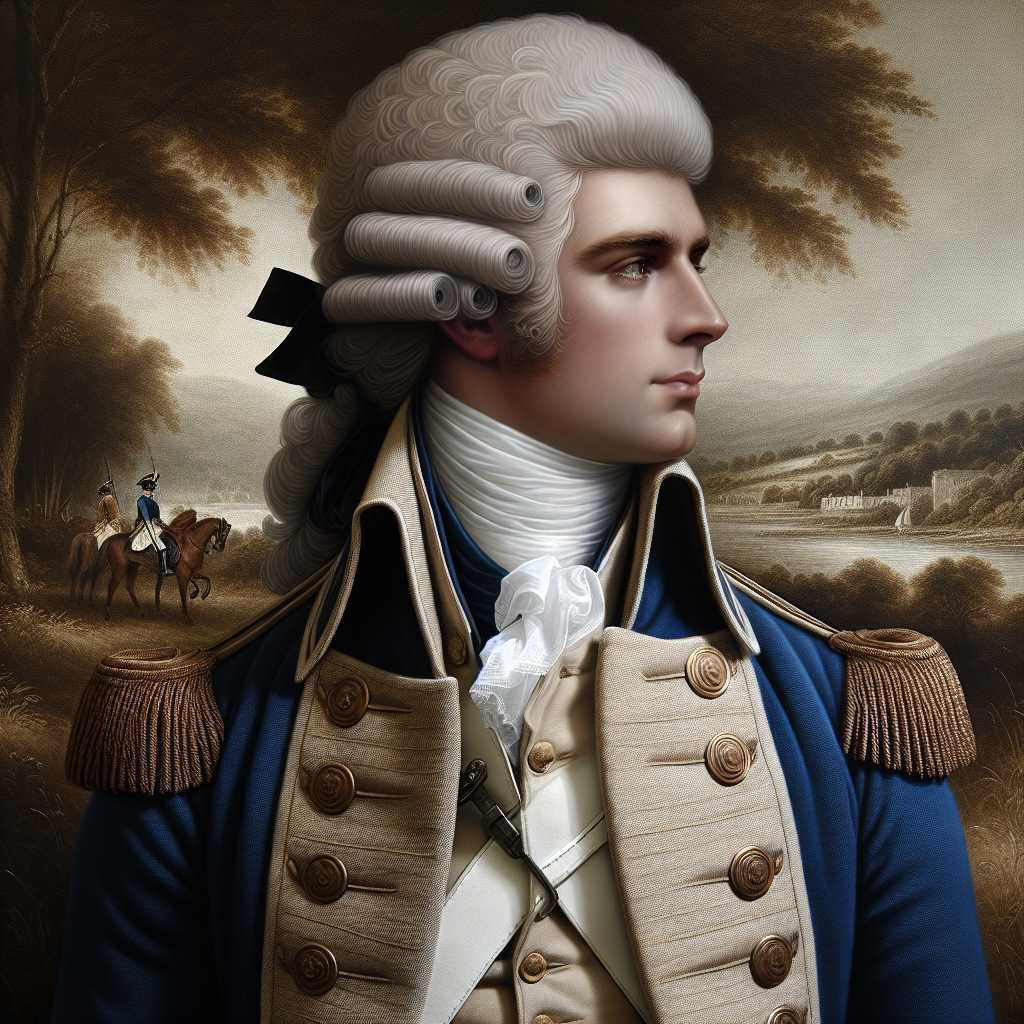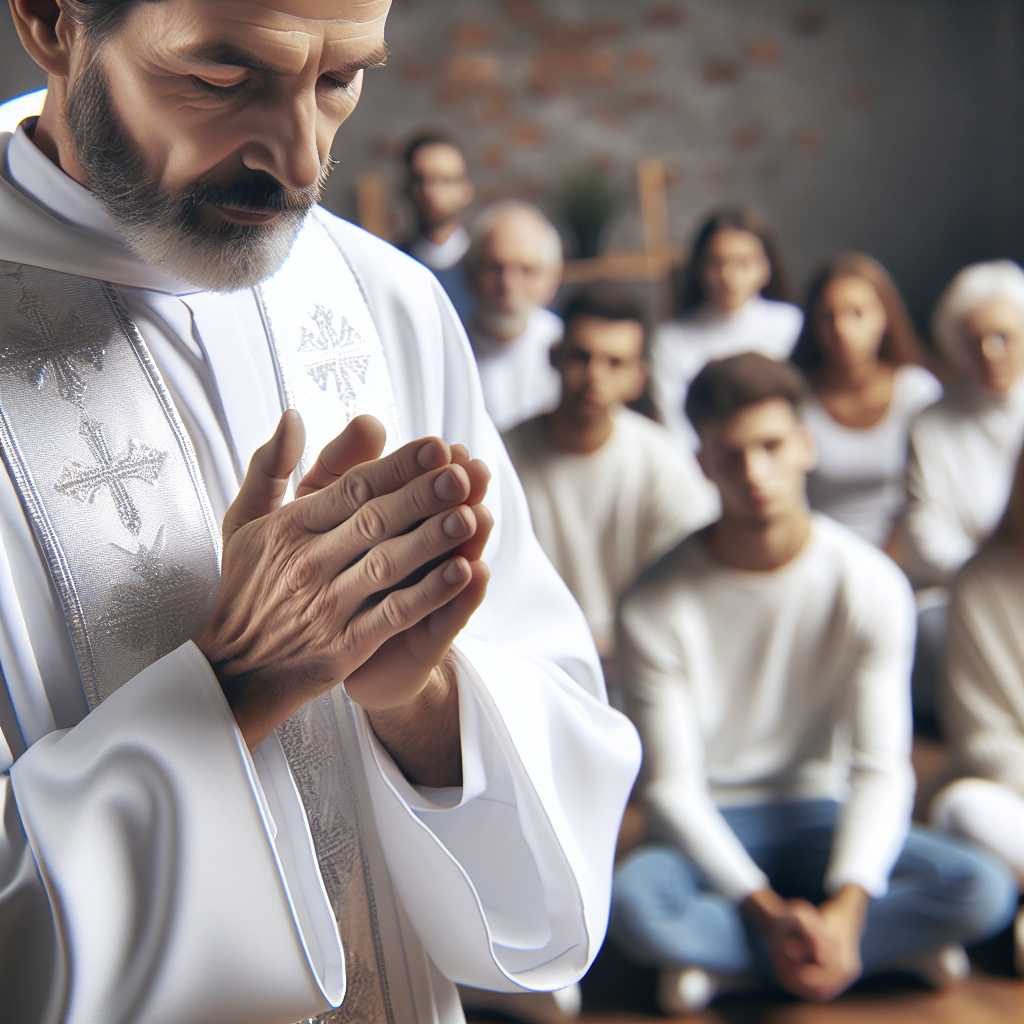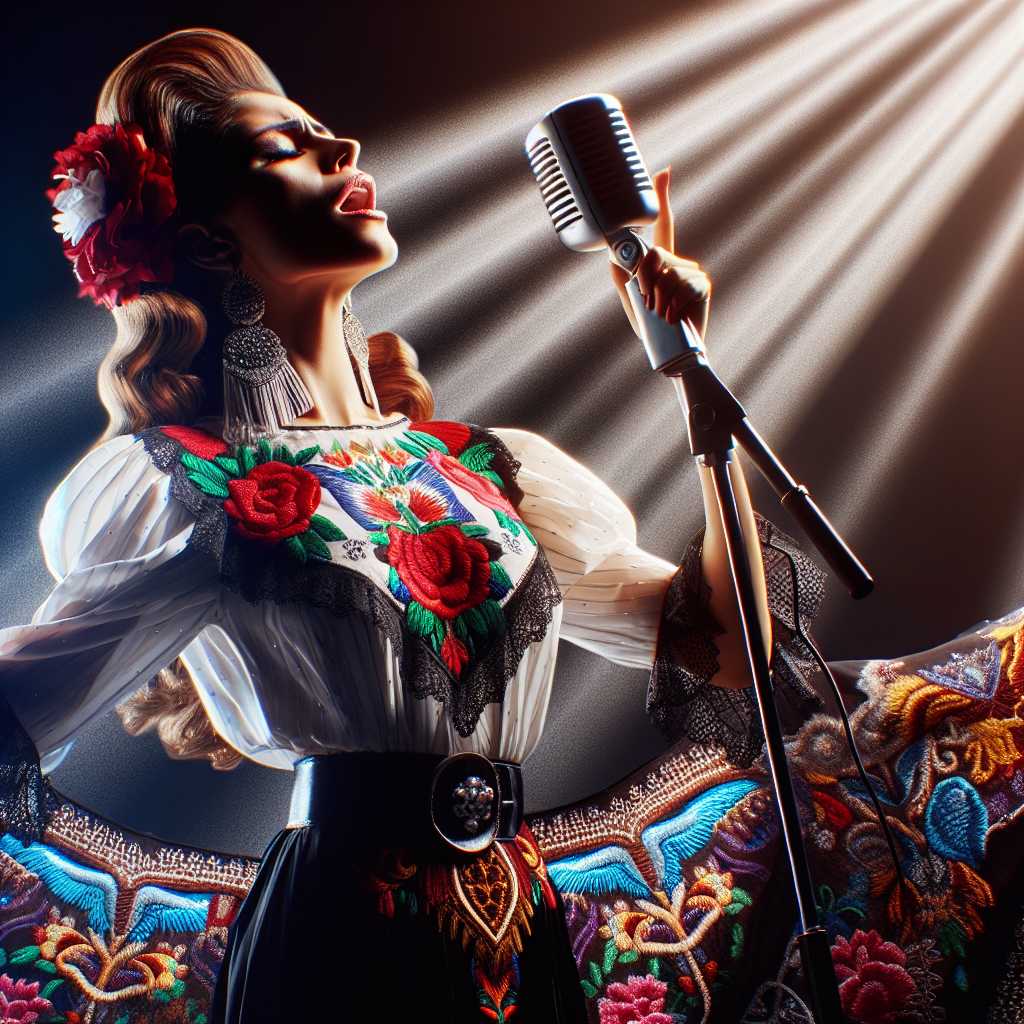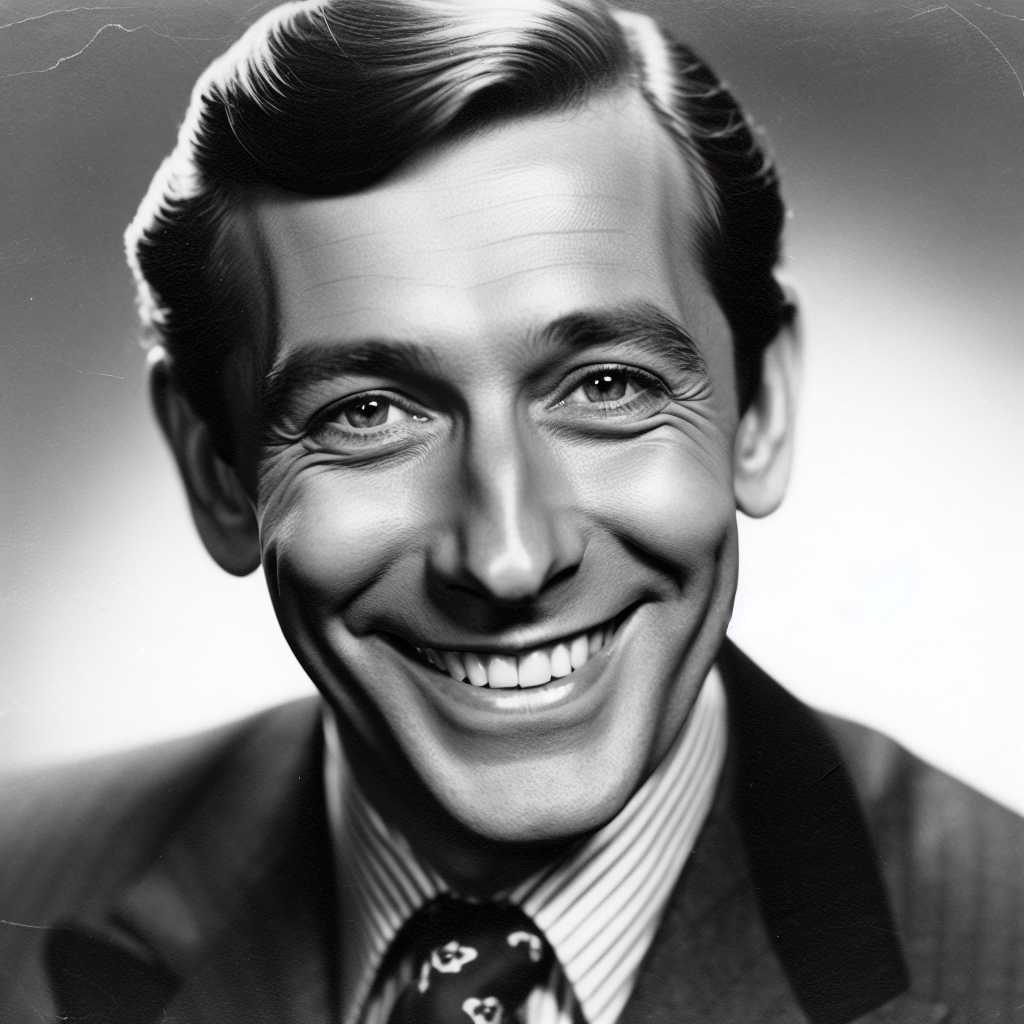# The Papacy of Pope Francis: A Journey of Compassion and Reform
Pope Francis, born Jorge Mario Bergoglio, has been the head of the Catholic Church and sovereign of the Vatican City State since March 13, 2013. His papacy is marked by his emphasis on compassion, mercy, and a commitment to social justice, which has inspired both praise and controversy within and outside the global Catholic community. This article examines the key aspects of Pope Francis’s leadership, exploring his background, theological approach, reforms, significant contributions, and challenges faced during his tenure.
Early Life and Path to the Papacy
Pope Francis was born on December 17, 1936, in Buenos Aires, Argentina. He was the son of Italian immigrants and was one of five children. After studying at the seminary in Villa Devoto, he entered the Society of Jesus (Jesuits) in 1958. As a Jesuit, he embraced a life of simplicity and service, which has heavily influenced his papal ethos. He was ordained as a priest in 1969 and went on to obtain a degree in philosophy.
His rise within the Church was marked by several important leadership roles. He served as the provincial superior of the Jesuits in Argentina from 1973 to 1979 and later became the Archbishop of Buenos Aires in 1998. In 2001, he was created a cardinal by Pope John Paul II.
When Pope Benedict XVI resigned in 2013, an event that was almost without precedent in the modern era, the conclave that convened to elect his successor chose Cardinal Bergoglio. He became the first Jesuit pope, the first pope from the Americas, and the first from the Southern Hemisphere.
Theological and Pastoral Approach
Throughout his tenure as pope, Francis has emphasized a pastoral approach concerned with the lived experiences and struggles of Catholics around the world. He advocates a “church for the poor” believing that addressing poverty and injustice is central to the gospel message. His theological views are seen as less rigid than some of his predecessors’, centering mercy over doctrinal purity in many issues.
Francis often speaks out on behalf of marginalized groups, including refugees, undocumented immigrants, and those subjected to economic inequality and environmental degradation. The publication of his second encyclical, “Laudato si’”’ (Praise Be to You), reflects this concern, critiquing consumerism and irresponsible development, lamenting environmental destruction, and calling for urgent action on climate change.
Human suffering is another cornerstone in Francis’s ministry; he emphasizes accompaniment and compassion for those experiencing grief and hardship. He notably extends this compassion to those who have felt excluded from the Church such as divorced Catholics who have remarried outside the Church and the LGBT community.
Reforms and Governance
As an advocate for reform within the Catholic Church itself, Pope Francis has made several changes to Vatican administration and has mobilized church-wide attention on issues such as clerical sex abuse, financial mismanagement, and bureaucratic inefficiency.
One significant process he initiated is the restructuring of Vatican finances with new oversight mechanisms designed to increase transparency and accountability. He has also taken steps to combat sexual abuse within the Church by establishing a tribunal to hold bishops accountable for negligence involving abusive priests and centralizing processes for reporting and addressing these issues.
His appointments of cardinals from diverse geographic regions reflect his vision for a more inclusive Church that represents its global community. He also convened Synods dedicated to topics like youth, family life, and most recently synodality itself—calling for more participative decision-making processes within Church governance.
Challenges Faced
The papacy of Pope Francis has not been without contention. His emphasis on mercy over strict doctrine has proven divisive among more conservative members within the Catholic hierarchy who see it as a departure from tradition. His efforts to reform Vatican bureaucracy have encountered resistance both from vested interests within the Vatican and from those critical of the effectiveness of these reforms.
Also controversial are his views on capitalism which some interpret as overly critical. Furthermore, while taking steps to address clerical sex abuse, he faces impatience because of perceptions that change is still too slow for such a severe crisis.
Global Influence and Outreach
Pope Francis’s worldwide influence extends beyond Catholicism as he actively engages with leaders of other religions for interfaith dialogue promoting understanding and peace-building efforts across faith traditions. He embodies an active role in international affairs as a proponent for dispute resolution and alleviating global crises.
Environmental advocacy is another area where Francis wields substantial influence; his voice remains impactful in urging nations towards comprehensive responses to environmental challenges.
Notes
Born Jorge Mario Bergoglio on December 17, 1936, in Buenos Aires
Elected as pope on March 13, 2013
The first Jesuit pope, the first from the Americas, and first from the Southern Hemisphere
Published influential encyclical “Laudato si'” in 2015 targeting environmental issues
Known for his humility and focus on compassion over doctrinal purity
Has initiated key reforms in Church governance while facing resistance
Image Description: A kind-hearted figure dressed in white papal garments stands before an attentive crowd with an expression of deep empathy. The Pope’s hands are clasped together in front of him conveying compassion while he carries an aura of tranquil authority characteristic of one leading with humility and moral clarity.
q74Sy





